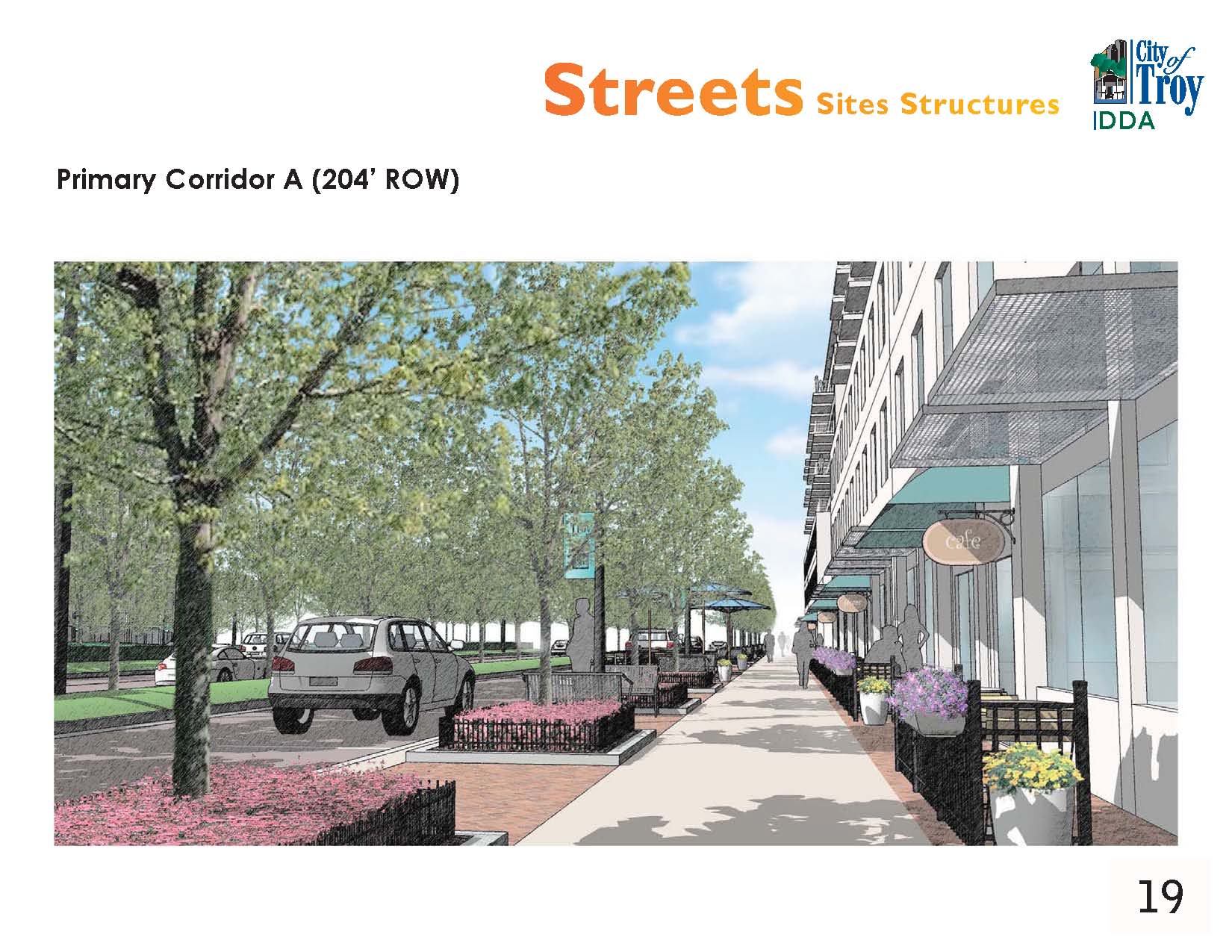
What does Low Impact Development look like for communities in Southeast Michigan? That’s the question that planners from Carlisle/Wortman & Associates answered for HRWC and watershed partners in Livingston County this week. Low Impact Development, or LID, can help streams by using design techniques that infiltrate, filter, store, evaporate, and detain runoff close to its source. Basically, LID techniques try to mimic the pre-development hydrology at a site, which is a stark contrast to the previous mindset of moving water off-site as expeditiously as possible.
At the Livingston Watershed Advisory Group meeting in Brighton Township, Sally Elmiger, AICP, highlighted the LID elements of Green Oak Township’s stormwater ordinance. Elmiger, a contributor to the Low Impact Development Manual for Michigan, noted the objectives the township wants to meet with the ordinance are to improve water quality, protect stream channels and control for flood waters. Zak Branigan, LEED AP, AICP, shared a tale of two communities that have very different community characters and perspectives on conservation, yet have incorporated LID into their planning: Ann Arbor Township in Washtenaw County has a history of stewardship to preserve its agricultural base and natural areas, and uses its master plan to encourage LID; while City of Troy in Oakland County is 95% built out and any LID projects will be retrofits of developed areas. All of these examples are very useful to communities in the watershed, be they cities and villages or rural or suburban townships.
The presentation sparked a lively discussion that HRWC wants to continue throughout the watershed.



